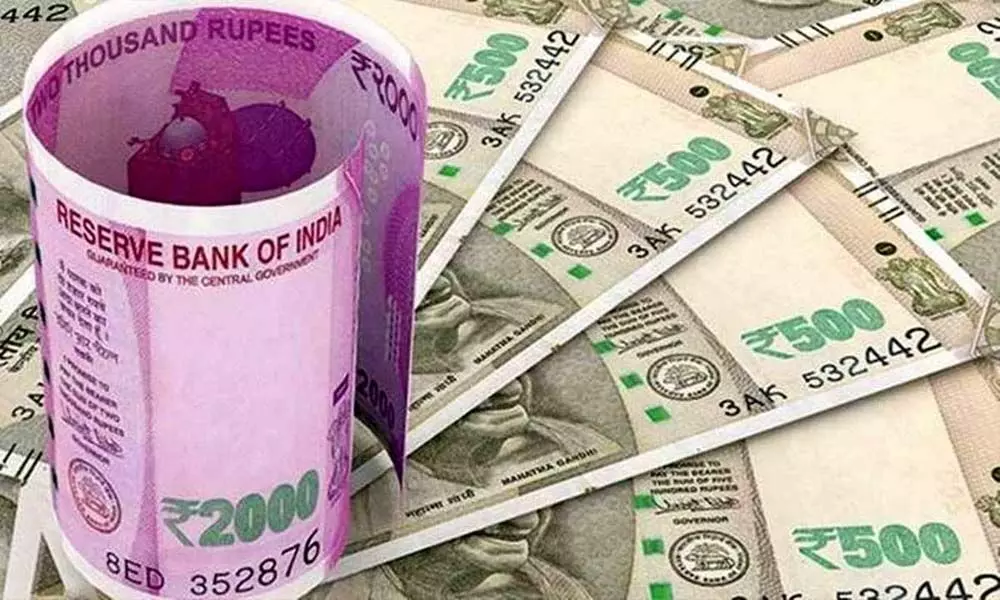Is India moving towards a larger formal economy?
Last month, SBI had come up with a report, suggesting the government to support honest tax paying households through a better designed tax structure, particularly indirect taxes on items like fuel.
image for illustrative purpose

Last month, SBI had come up with a report, suggesting the government to support honest tax paying households through a better designed tax structure, particularly indirect taxes on items like fuel.
By formalisation, one can assume it to be a move to formal finance such as banks or digital payment systems, an increase in the share of output produced by firms in the tax net, an increase in the number of employees in registered enterprises, or an increase in GDP produced in enterprises that are part of the tax net.
The government had come up with an ambitious scheme of honouring those taxpayers by providing digital certificates to them. However, more steps are needed as 'yeh dil mange more'.
Unveiling 'transparent taxation' – honouring the honest, on Independence Day last year, PM had said the platform has been launched to meet the requirements of the 21st century taxation system. The platform has major reforms like faceless assessment, faceless appeal and taxpayers charter. A highly praise worthy initiative by the government. No matter, if there are some initial glitches involved in them as teething troubles.
Share of informal economy has shrunk to more than 20 per cent from 52 per cent in the fiscal year 2017-18. Though the pandemic has led to huge devastating impact on all the sectors of the economy, the impact has been felt more by the informal sector. While, the formal sector is almost now back to its pre-pandemic level, the informal sector still continues to bear the brunt.
The Government has made many efforts for formalisation in the last couple of years, which includes the monthly EPFO payroll report, which is one of the sources to analyse the extent of formalisation, which provides data on establishments remitting first ECR (Electronic Challan-cum-Return) in a particular month.
It is estimated that almost 36.6 lakh jobs have been formalised until August. Next is the E-Shram portal, which is the first-ever national database of unorganised workers. 5.7 crore unorganised workers (Oct 30/ and counting) have registered in the first two months after its launch, with 62 per cent of workers belonging to the age-group of 18-40 years and 92 per cent registered workers having monthly income of less than Rs 10,000.
The E-Shram is a big step towards the formalisation of employment. As of date, the rate of formalisation of unorganised labour due to E-Shram is around 17 per cent in just 2 months. Even in agriculture, the usage of KCC cards has increased significantly and we estimate Rs 4.6 lakh crore formalisation only through KCC route. With more marginalized farmers coming under the banking sector ambit through such usage. The total number of insurance and pension accounts opened across several schemes for the unorganised as well as organised sector is as much as 68.9 crore. It all shows we are moving towards formal economy.

